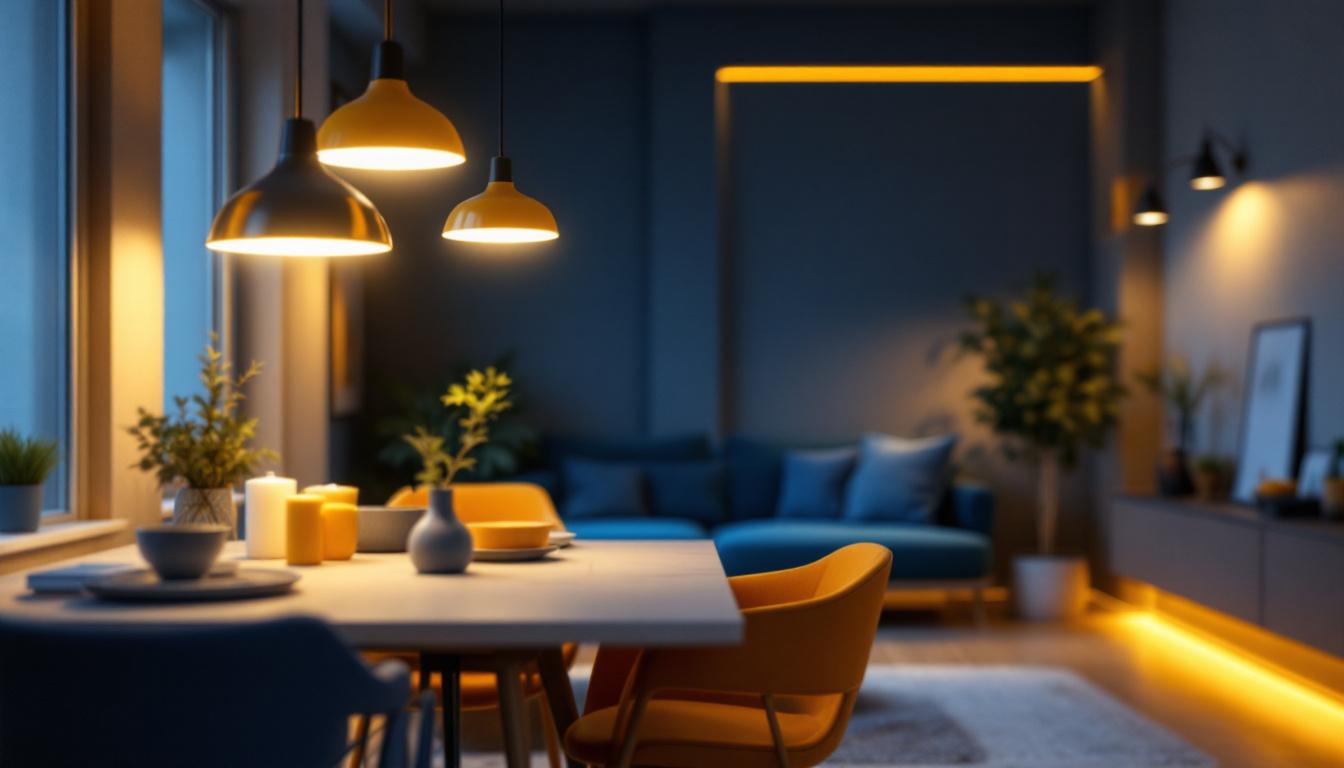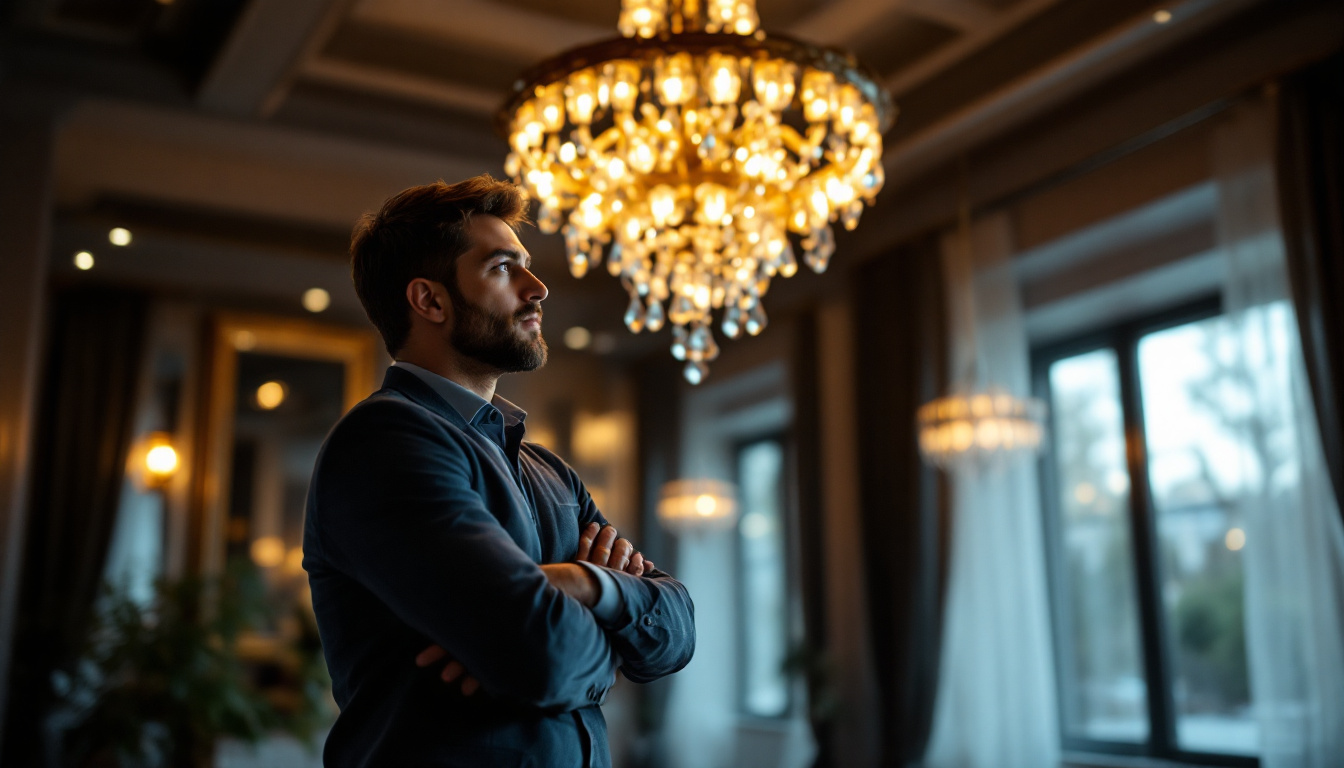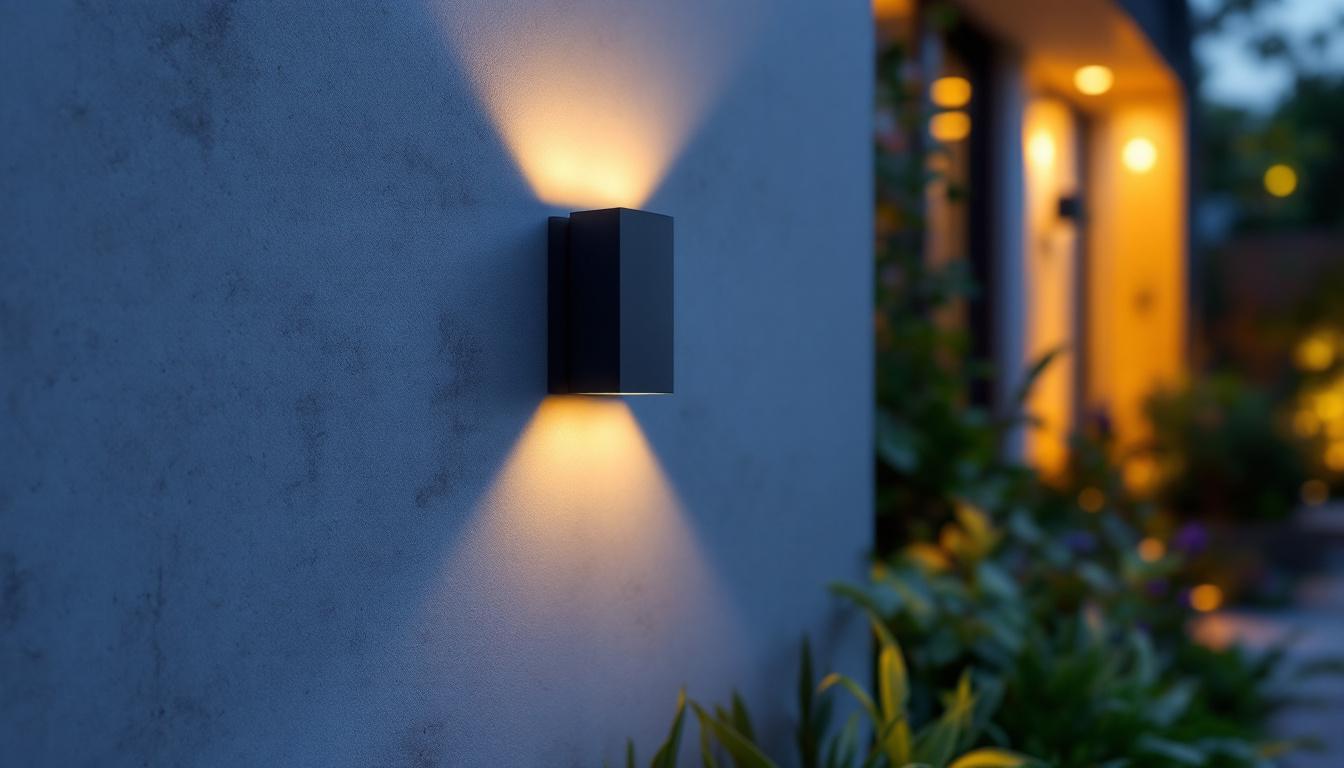
In the rapidly evolving world of lighting technology, contractors face the challenge of designing and installing systems that not only meet current requirements but also remain relevant and efficient for years to come. Future-proofing lighting projects is essential to protect investments, reduce maintenance costs, and enhance sustainability.
Lighting contractors must consider a broad spectrum of factors, from technological advancements and energy efficiency standards to integration with smart building systems. The goal is to create lighting solutions that adapt seamlessly to changing needs without requiring costly overhauls or replacements.
Failing to future-proof lighting projects can lead to premature obsolescence, increased energy consumption, and compatibility issues with emerging technologies. For example, installing outdated control systems may prevent integration with Internet of Things (IoT) platforms, limiting building automation capabilities.
Moreover, regulatory bodies worldwide are continuously updating energy codes and environmental standards. Projects that do not anticipate these changes risk non-compliance, which can result in penalties or the need for expensive retrofits.
In addition to regulatory concerns, the aesthetic and functional aspects of lighting design must also evolve. As user preferences shift towards more customizable and adaptable lighting environments, systems that lack flexibility may fail to meet the expectations of end-users. This can lead to dissatisfaction and a diminished user experience, ultimately impacting the reputation of the contractor and the longevity of the installation. By adopting a future-proof approach, contractors can ensure that their designs not only fulfill current needs but also allow for easy upgrades and modifications to align with future trends in design and technology.
Furthermore, the integration of renewable energy sources, such as solar panels, into lighting projects is becoming increasingly important. Future-proofing involves planning for such integrations, allowing for the use of energy-efficient LED systems that can be powered by renewable sources. This not only enhances sustainability but also reduces reliance on traditional energy grids, offering long-term benefits both economically and environmentally. As the demand for greener solutions continues to rise, contractors who prioritize future-proofing will be better positioned to meet the evolving expectations of clients and regulatory frameworks alike.
Effective future-proofing requires a holistic approach that addresses technology, design, and operational flexibility. The following strategies provide a roadmap for lighting contractors to deliver resilient and adaptable lighting solutions.
Modular lighting systems allow for incremental upgrades and expansions without disrupting the entire installation. By selecting fixtures and controls that support modularity, contractors enable clients to adapt lighting to evolving space usage or aesthetic preferences.
Scalability also facilitates the integration of new technologies as they become available. For instance, modular LED fixtures can be swapped out or enhanced with improved optics or sensors, extending the system’s lifespan. This adaptability is particularly beneficial in environments that undergo frequent changes, such as retail spaces or office layouts, where lighting needs can shift rapidly in response to new design trends or operational requirements.
Energy-efficient lighting not only reduces operational costs but also aligns with global sustainability goals. LEDs have become the standard due to their longevity and low power consumption, but future-proofing goes beyond just fixture choice.
Incorporating daylight harvesting, occupancy sensors, and advanced dimming controls can optimize energy use dynamically. Additionally, selecting components with certifications such as ENERGY STAR or DesignLights Consortium (DLC) ensures adherence to recognized efficiency benchmarks. The integration of renewable energy sources, such as solar panels, can further enhance sustainability efforts, allowing buildings to generate their own power and reduce reliance on grid electricity, thus contributing to a greener future.
Smart lighting controls are transforming how buildings manage illumination, offering benefits such as personalized settings, remote monitoring, and predictive maintenance. Lighting contractors should specify control systems that support open protocols like DALI, Zigbee, or Bluetooth Mesh to maximize interoperability.
IoT integration enables lighting to interact with HVAC, security, and other building systems, creating a cohesive environment that enhances occupant comfort and operational efficiency. Future-proof projects anticipate these integrations by choosing flexible control platforms. Moreover, the ability to collect and analyze data from lighting systems can provide valuable insights into usage patterns, enabling more informed decisions about energy management and space utilization.
Maintenance accessibility is a critical factor in future-proofing. Lighting systems designed with easily replaceable components reduce downtime and labor costs. For example, fixtures with tool-less access or plug-and-play modules simplify repairs and upgrades.
Additionally, documenting system configurations and providing training for facility managers empower clients to manage their lighting proactively, extending the system’s useful life. This proactive approach not only minimizes disruptions but also fosters a culture of ownership and responsibility among maintenance staff, ensuring that lighting systems are kept in optimal condition. Furthermore, implementing a scheduled maintenance plan can help identify potential issues before they escalate, preserving the integrity of the lighting infrastructure and enhancing overall performance.
Staying informed about emerging technologies helps contractors anticipate client needs and position themselves as industry leaders. Several trends are particularly influential in shaping future lighting projects.
LED technology continues to advance with improvements in color rendering, efficiency, and thermal management. Innovations like mini-LEDs and micro-LEDs offer enhanced brightness and design flexibility, enabling more creative and effective lighting solutions.
Contractors should monitor these developments to recommend the best options for their projects, balancing upfront costs with long-term benefits. Additionally, the integration of smart technologies into LED systems allows for remote management and automation, making it easier to adjust lighting based on occupancy or time of day. This not only enhances energy efficiency but also provides users with greater control over their environment, leading to increased satisfaction and comfort.
Human-centric lighting focuses on the biological and psychological effects of light on occupants. By adjusting color temperature and intensity throughout the day, HCL systems support circadian rhythms, improving well-being and productivity.
Incorporating HCL principles requires lighting systems with tunable white capabilities and sophisticated control algorithms. Future-proof projects anticipate these needs, especially in commercial and healthcare environments. Research has shown that environments designed with HCL in mind can reduce fatigue and enhance cognitive function, making them particularly beneficial in offices and educational settings. As awareness of mental health and wellness continues to grow, the demand for HCL solutions is likely to increase, pushing contractors to stay ahead of the curve.
Wireless lighting controls reduce installation complexity and enable flexible configurations, particularly in retrofit scenarios. Battery-powered fixtures and sensors further enhance adaptability by eliminating wiring constraints.
These technologies facilitate quick reconfiguration and expansion, essential for spaces with changing layouts or functions. Moreover, the rise of IoT (Internet of Things) in lighting systems allows for seamless integration with other smart building technologies, creating a cohesive ecosystem that enhances energy management and user experience. For instance, occupancy sensors can adjust lighting levels based on real-time data, optimizing energy use while ensuring that spaces are adequately lit when needed. This level of integration not only promotes sustainability but also aligns with the growing trend of smart cities, where interconnected systems work together to improve urban living conditions.
Examining real-world examples highlights the practical benefits of future-proof lighting strategies and offers insights into best practices.
A multi-tenant office building implemented a lighting system featuring modular LED fixtures and an open-protocol control platform. The system integrated with the building’s HVAC and security networks, enabling centralized management and energy optimization.
Over time, tenants customized lighting scenes to suit their work styles, and facility managers remotely monitored performance to schedule maintenance proactively. The project demonstrated significant energy savings and occupant satisfaction, validating the investment in future-proof design.
A hospital upgraded its lighting to a tunable white LED system controlled by an advanced lighting management platform. The design aligned with circadian rhythms to support patient recovery and staff alertness.
The system’s modular architecture allowed phased installation without disrupting critical operations. Feedback from medical staff indicated improved mood and reduced fatigue, underscoring the value of integrating human-centric principles.
To consistently deliver future-proof lighting solutions, contractors should adopt a set of best practices throughout the project lifecycle.
Understanding client goals, space usage, and potential changes is foundational. Engaging stakeholders early ensures that lighting designs accommodate future expansions, technology upgrades, and evolving user preferences.
Regularly updating knowledge on energy codes, sustainability certifications, and technology standards helps contractors specify compliant and competitive solutions. Participation in industry training and certification programs enhances credibility and expertise.
Establishing partnerships with reputable manufacturers ensures access to the latest products and technical support. Collaboration facilitates customized solutions tailored to project requirements and future-proofing goals.
Providing comprehensive documentation and training for clients promotes proper system use and maintenance. Educated clients are better equipped to leverage lighting system capabilities and plan for future upgrades.
Future-proofing lighting projects is not merely a technical consideration but a strategic imperative for lighting contractors. By embracing modular designs, energy efficiency, smart controls, and emerging technologies, contractors can deliver solutions that stand the test of time.
Such projects offer clients enhanced flexibility, reduced operational costs, and improved occupant experiences, strengthening contractor reputation and fostering long-term business relationships. In an industry defined by innovation, future-proofing is the key to sustainable success.
Ready to elevate your lighting projects with future-proof solutions that combine quality, affordability, and convenience? Look no further than LumenWholesale. We provide contractors with spec-grade lighting products that meet the highest industry standards, ensuring longevity and performance. Say goodbye to inflated markups and hello to unbeatable wholesale prices, free shipping, and the ease of bulk buying. Take the next step in securing sustainable success for your lighting projects. Discover our extensive selection and experience the LumenWholesale advantage today by visiting Wholesale Lighting at the Best Value.

Discover the essentials of industrial light fixtures with our comprehensive guide tailored for lighting contractors.

Discover how Shandelier is revolutionizing the lighting industry by providing contractors with innovative tools and strategies to enhance efficiency and profitability.

Discover why LED sconce light outdoor solutions are essential for lighting contractors—boost efficiency, enhance curb appeal, and meet rising demand with eco-friendly, cost-effective lighting options..

Discover how shop LED lights are revolutionizing the lighting industry and boosting contractors’ profits.